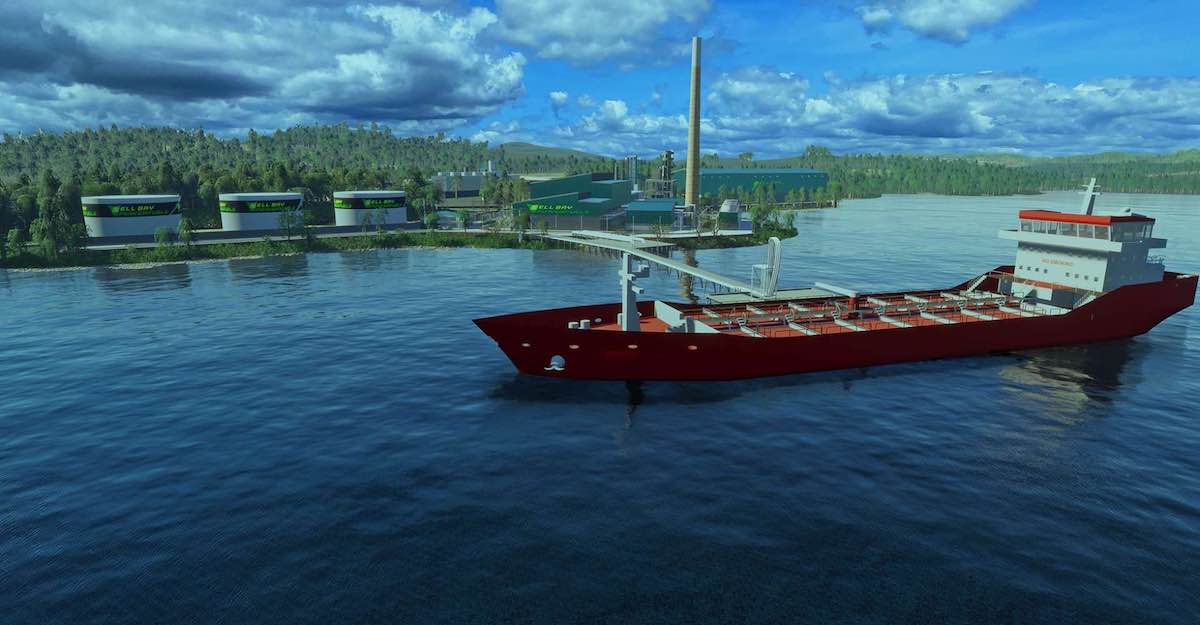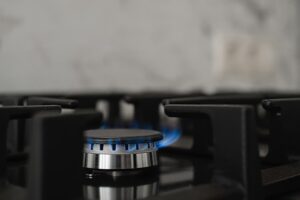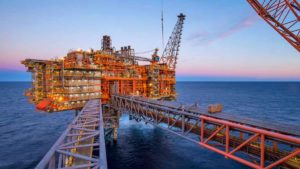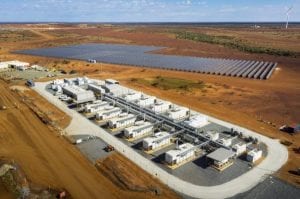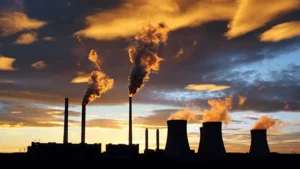An “innovative plan” to build a renewable hydrogen and green fuels production plant at the site of a mothballed fossil power station in Tasmania’s Bell Bay industrial precinct has been given the go-ahead by the state Rockliff government.
The $1.2 billion proposal, put forward by hydrogen start-up Abel Energy with the backing of renewables giant Iberdrola, was welcomed by the Tasmania government on the weekend, with an in-principle agreement to sell the decommissioned power station to Abel.
Abel says Hydro Tasmania has signed a term sheet with Bell Bay Powerfuels for the sale of the power station, following an Expression of Interest process launched by Hydro Tasmania in December of last year.
The company says selection of the site means front end engineering and design – FEED – can start “in a few months’ time,” with commercial operation of the plant scheduled to commence sometime in 2027.
Abel says the project will also require the development of new renewable power generation assets, to supply the proposed 240MW electrolyser required to make the hydrogen for the onsite production of green methanol.
A $1.3 million study into the feasibility of the project, partially funded by the Rockliff government, pointed to initial output of 200,000 tonnes a year of green methanol from the planned facility.
A second stage would add a further 100,000 tonnes of production capacity, taking it to 300,000 tonnes a year and making it the largest project of its kind in the Southern Hemisphere, according to Abel.
“This announcement is the start of a very unique period for Tasmanian renewable energy,” said Abel co-founder and CEO Michael van Baarle in a statement on Sunday.
“We are on the cusp of being a global leader in green methanol production, the future fuel of world shipping. It’s a great win for all Tasmanians particularly the Tamar Valley communities of George Town and Launceston.”
Bell Bay in Tasmania’s north, home to an aluminium smelter owned by Rio Tinto, has long been a focus of the state Liberal government’s plans for growing its green industries and for the production of renewable hydrogen.
Hydro Tasmania’s Bell Bay Power Station – built in 1971 as an oil-fired generator and later converted to gas – holds a prized position in the precinct, with its own berth in the Bell Bay deep water port.
Abel says the berth is still in place, and will be used by Bell Bay Powerfuels for the export of green methanol for use in the maritime industry. The power station will largely be demolished, potentially retaining and repurposing some existing structures where possible.
For Iberdrola’s part, CEO and chair of the Australian business, Ross Rolfe, says the renewables giant’s support of Bell Bay Powerfuels is part of a broad commitment to deliver decarbonisation solutions in hard-to-abate sectors.
“Iberdrola is providing technical and commercial support for the project, enabling the development to benefit from our local market expertise and global capabilities in this emerging technology,” Rolfe said on the weekend.
Guy Barnett, Tasmania’s energy minister says the Iberdrola-backed proposal is a winner for both its green industrial promise and for its “innovative solution” to re-develop the fossil power station site.
“With our world class wind resource, Tasmania is an ideal location to produce cost-competitive renewable methanol/hydrogen on a large-scale to meet this emerging export and domestic demand and become a global leader in renewable energy supply,” Barnett said.
“Green methanol/hydrogen can be used to transition advanced manufacturing, heavy transport and energy intensive industries to renewable energy, as well as for export.”

